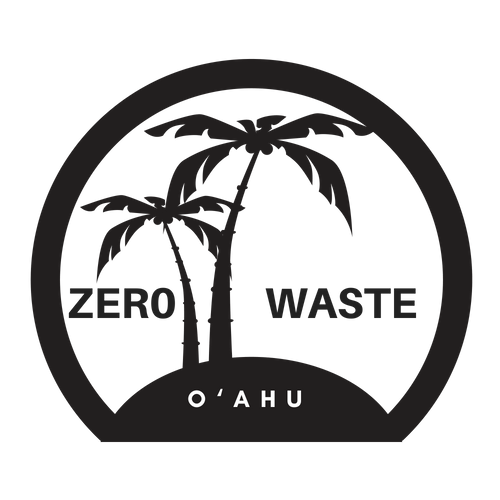When life gets busy it can be easy to forget about that bag of carrots or loaf of bread in the back of your fridge! According to the City and County of Honolulu, “Hawaiʻi residents throw away approximately one quarter of all food and beverage purchases, which equates to a loss of about $700 per person per year”.
Try the tips below to better utilize your food, save money, resources, and prevent waste!
Personal Food Waste Prevention Tips
These are recommendations to reduce food waste. You must use your own judgment to determine if your food is still safe to eat.
Plan Out Grocery Shopping
Creating a grocery list for weekly meals can save money, time, and create less waste. When you buy just what you expect to use for the week, it’s more likely to stay fresh and get eaten. Try following the tips below recommended by the EPA:
Buy only what you need and will use. Buying in bulk only saves money if you are able to use the food before it spoils.
Look in your refrigerator and cupboards first to avoid buying food you already have, make a list each week of what needs to be used up and plan upcoming meals around it.
Store your food correctly
Learning to store produce and food correctly can extend their quality longer— giving you more time to use your produce and create less food waste. Try following the tips below recommended by the EPA:
When you get home from the store, take the time to wash, dry, chop, dice, slice, and place your fresh food items in clear storage containers for snacks and easy cooking.
Befriend your freezer and visit it often
Freeze Extra Food
Have extra or left over fruits or vegetables that you can’t use quick enough? Try freezing them before they spoil! This can also be a tool to eat more seasonally. If blueberries are in season, buy a large amount and freeze the excess so you can enjoy them later in the year!
Try following the tips below recommended by the EPA:
Freeze food such as bread, sliced fruit, or meat that you know you won’t be able to eat in time.
Cut your time in the kitchen by preparing and freezing meals ahead of time.
Make a log of spoiled food
Find spoiled food in your fridge often? Start writing down which foods are going bad. This can help you figure out what you should start buying less of or that you need to utilize it more when cooking.
Understand dates on food.
“Sell by” or “use by” dates are used by grocery stores to help with product rotations, but it doesn’t mean the food has gone bad. According to the Food and Drug Administration (FDA), “consumer uncertainty about the meaning of the dates that appear on the labels of packaged foods is believed to contribute to about 20 percent of food waste in the home”.
Event & Business Food Rescue
Have excess food from your large event? Don’t let it go to waste! Contact Aloha Harvest to have them pick up the extra food and redistribute it to organizations working to fight hunger in our community.
Aloha Harvest
Aloha Harvest is the largest food rescue and redistribution organization in Hawaiʻi, getting quality excess food into stomachs instead of landfills.
Free of charge and free of liability, they pick up excess food from 250+ donors and deliver it to 175+ agencies feeding the hungry. Since Aloha Harvest’s founding in 1999, they have rescued over 24 million pounds of quality food and gotten it into stomachs instead of landfills. That number can be much higher. By partnering with them, you help to ease both food insecurity and environmental footprint. Less food in landfills = less greenhouse gas emissions. You’ll also receive food donation receipts that you can submit for tax credits.
Learn More About Food Waste Prevention In Hawaii








